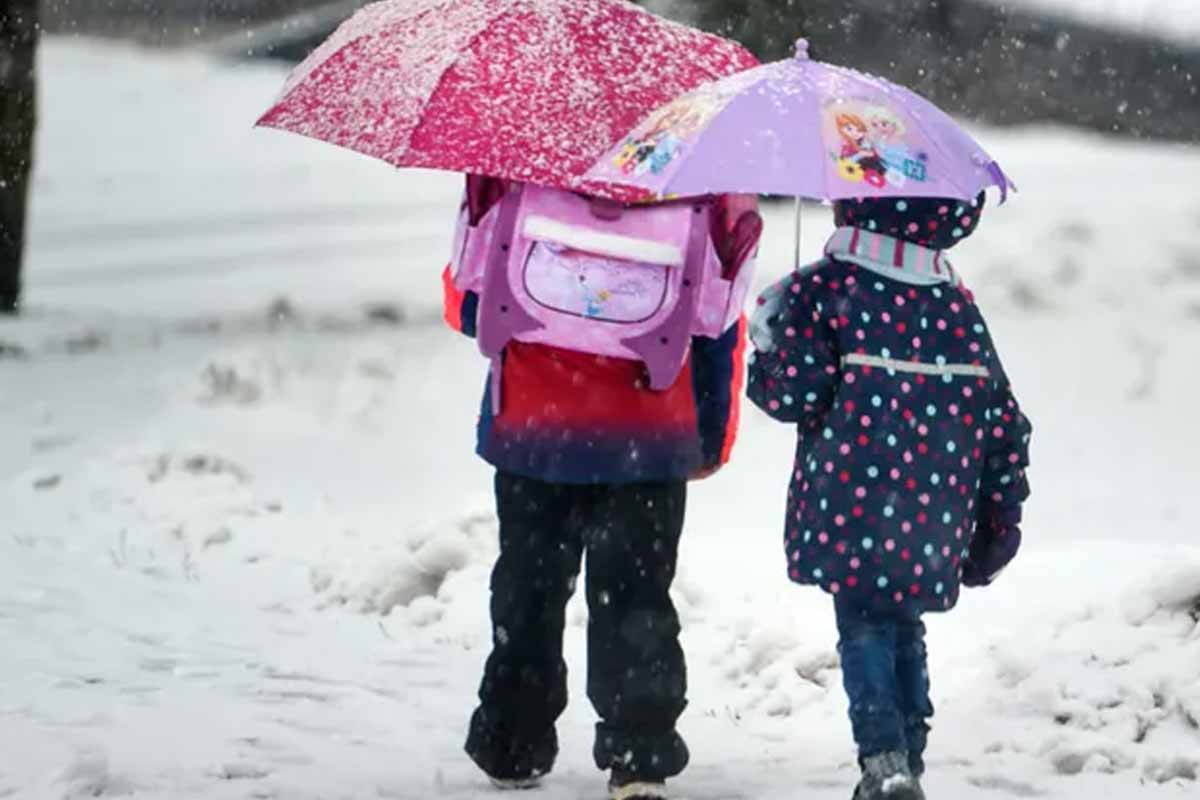A fresh season is lining up, and the Old Farmer’s Almanac has guidance homeowners can use now. Its long-range outlook points to contrasts across regions, so preparation matters. Editor Carol Connare even urges people to keep tools handy and plans flexible. One line says it best: “Don’t lose track of your snow shovels and umbrellas.” Some zones may run mild, while others lean colder. Either way, winter rewards households that plan early and act with calm focus.
Forecast overview and what to expect at a glance
The Almanac divides the country into 18 regions to sharpen the picture for households. Many areas lean near normal, sometimes slightly warmer, which can blunt harsh spells. Yet the Appalachians through the Southeast and Florida, plus parts of the Ohio Valley, are flagged cooler than usual by editors.
Carol Connare underscores readiness because change can arrive fast across regions and elevations. The guidance is plain: locate the shovel, check the umbrella, and think ahead. That message sets the tone for variability and urges practical steps before winter tightens its grip. Households still have time to prepare now.
Timing matters because the coldest windows often cluster together. The outlook highlights the stretch from mid-December into early February for stronger chills. Homeowners who service heat, check pipe insulation, and plan safe travel now protect budgets and comfort when snaps bite hard. The season sits more than two months away, so there is room to act.
Northeast and Atlantic Corridor: a milder winter with drier skies
From New England through the Mid-Atlantic, the Almanac signals fewer storms and gentler days. Above-normal temperatures pair with below-average precipitation, so snowfall likely dips. Gardeners should note a quicker thaw that may unsettle dormant plants and alter early care plans. Keep early garden chores flexible.
Snow tends to focus on two periods that shape routines. Expect bursts near the holidays, then a late-season return, which calls for flexible travel. Keep a shovel ready and plan commutes with margins, yet do not expect a long string of classic snow days this year.
Because precipitation trends lower, road-salt and plow budgets may stretch further for towns. Residents still benefit from timely maintenance on roofs, gutters, and walkways. A clear path and good traction gear reduce slips when surprise squalls form, and winter habits stay sharp. Sidewalk care still matters on slick mornings.
Appalachians, Southeast, and Ohio Valley: colder pattern, stronger chills
The inland arc loads more cold into the forecast, and timing is clear. Chills peak from mid-December into early February, which tests heating systems. Elevation raises stakes on the eastern slopes, where accumulation can stack quickly and strain plans and supplies. Higher ridgelines change fast and test crews.
East of the mountains, rare snow events may visit coastal plains that seldom see flakes. That risk, while limited, rewards simple preparation such as pipe wraps and spare de-icer. The eastern half of the Ohio Valley also skews snowier, which adds weight to early planning. Stock spare salt now.
Households that service furnaces early cut breakdown risk when bursts arrive. Sealing drafty frames and checking weather-stripping helps hold warmth and control costs. A single weekend for inspections prevents bigger repairs, and winter safety improves with every small checklist ticked. Service schedules earlier, before the first deep chill.
From the Deep South to the Plains: a mixed winter across the interior
Warmer and drier marks many southern and central zones, yet brief freezes still appear as winter pulses. Nashville through Dallas should guard tender plants and outdoor lines before January. The Almanac notes quick but biting snaps, which means short windows can do damage without notice. Protect patio valves, too.
Snowfall sits below normal across broad swaths, though northern fringes can see flurries. The outlook points to mid-November and late January for those bursts. High Plains and the Upper Midwest also lean milder overall. However, lake-effect bands in December and March may still snarl travel. Keep routes flexible during bursts.
Out West, patterns split by terrain, coast, and elevation, so plans must match the ground truth. The Pacific Northwest and Southwest trend warmer and drier, which thins snowpack and stresses late-season water. Desert and Intermountain corridors bring mixed precipitation, while Alaska trends milder and Hawaii faces heavy rains in early November and December.
Home readiness that protects comfort, budgets, and safety
Preparation starts above the siding once the leaves finally drop from every limb. One last gutter clean helps keep walls dry and helps prevent ice dams, says Derek Christian of Handyman Connection in Blue Ash, Ohio. Clear downspouts and confirm drainage so meltwater never seeps against foundations.
An attic check locks in savings when nights run cold and quiet. Insulation keeps heat indoors while air leaks waste energy and invite pests. “Make sure any gaps and holes into your attic are sealed tight,” says Christian, because critters seek shelter as winter closes in. Use pest guards, too.
Safety devices stand between routine and emergency once heaters, stoves, and fireplaces work harder. “With all these heat sources in use, homeowners must take precautions to protect themselves from house fires and carbon monoxide poisoning,” notes Sophie Kaemmerle of NeighborWho. Test alarms, replace batteries, and confirm vents stay clear.
Planning early keeps stress low while conditions shift by region and week
Homeowners do not need to overhaul life, yet simple steps pay across the map. The Almanac’s regional guidance helps time chores, so costs stay lower and comfort rises. Look ahead to holiday bursts, then a late-season return in parts of the East. Watch the mid-December to early-February chill across the interior. With gutters cleared, attic sealed, and detectors tested, households keep risk low and routines steady, and winter becomes another season managed with calm confidence.
